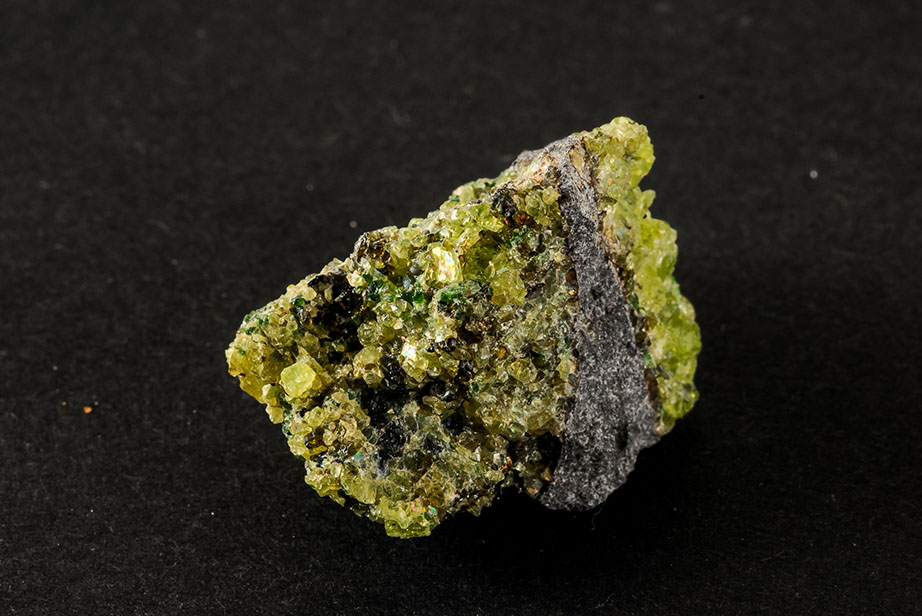Fieldcode starts the Olivine Project in Greece to eliminate atmospheric CO2 – a geologist’s perspective
Industries can always find ways to innovate and grow through more sustainable ways. For us as a software company this means that we are offering a field service solution while implementing our own climate protection research project. In this blog, we are excited to give you an overview of our Olivine Project and the pivotal role it plays in combating climate change through the lens of our Geologist, Ingrid Smet. Here’s what you need to know.

Olivine and our project in a nutshell
Olivine is a magnesium iron silicate mineral that is relatively common in certain volcanic rocks and the major component of the Earth´s mantle. It’s usually an olive green color, but it can be more yellowish if it contains higher amounts of iron. Olivine can be found in high concentrations mainly at locations where plate tectonics pushed mantle rocks up onto the Earth´s crust.
One essential part of our Olivine Project is to test the efficiency of the weathering
process in a real-world setup. The mineral olivine reacts with CO2 and water to change the greenhouse gas into water-soluble (bi)carbonate ions. Rivers transport these (bi)carbonate ions into the oceans where they eventually form the building blocks of minerals and rocks. This is the natural process that has captured most of the CO2 emitted by volcanoes throughout our planet´s lifetime to store it mainly in limestone rocks.
In order to reduce the human-made high CO2 levels that started global warming and climate change, the naturally slow olivine weathering process needs to be enhanced. Despite the fact that scientists have been discussing olivine weathering as a solution for climate change mitigation since 1990, only a limited number of laboratory experiments have been conducted so far. Hence the Olivine Project aims to be on the frontline of testing and developing enhanced rock weathering in the field to eventually scale it up for massive removal of CO2 from our atmosphere.
How olivine reduces CO2 concentrations
The process of olivine weathering happens more quickly at higher temperatures, in the presence of water and if there is a large surface area of the olivine to be in contact with CO2 and water. The latter is achieved by grinding up the olivine rocks into rock dust. Introducing this olivine dust in a hot, water-rich environment will then accelerate the olivine reaction with CO2. This process happens either by depositing olivine grains at the coastline of warm climates or applying olivine dust on wet
tropical soils.

The main goal of the Olivine Project
At the current step, the main goal is to assess the potential of enhanced weathering of olivine to remove CO2 from the atmosphere. To be relevant for Greece and its climate, we will pair olivine rich rocks naturally occurring in Greece with heavily irrigated cotton fields. About 250,000 ha of cotton are grown every year in Greece, accounting for around 80% of EU cotton production. This means that if successful, our enhanced rock weathering experiments at a Greek cotton farm can be potentially applied across a large area.
Do you want to find out more about our Olivine Project and how our software can help promote a cleaner future for field service by overcompensating each event that takes place in our software? Get in touch with our team and learn how we can help optimize your field service operations with a CO2 impact at no additional cost.



